Your Ultimate Guide to Finding the Best Electrical Components Store
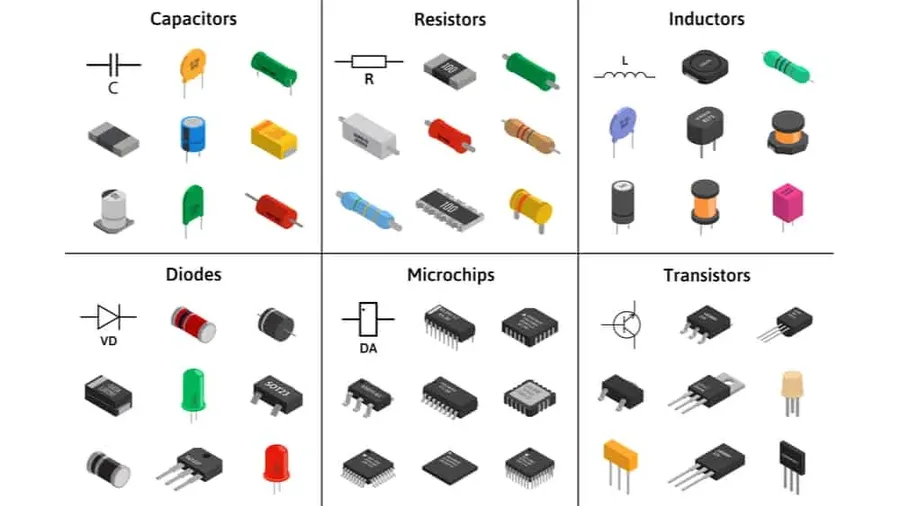
In today’s world, electrical components are the lifeblood of countless innovations, from simple home repairs to complex industrial machinery. Whether you're a hobbyist, engineer, or business owner, finding a reliable electrical components store is essential. This article delves into the various options available, helping you make informed decisions when sourcing electronic parts for your next project. Let's explore the best ways to locate the ideal electrical components store and where you can find exactly what you need, no matter the size of your project, or where you are in the world.
Understanding Your Needs: What Kind of Components Do You Need?

Before embarking on your search for an electrical components store, a crucial first step is to define precisely what components your project requires. This involves understanding the specific types of components, their electrical characteristics, and the required quantity. By clearly outlining your project needs, you can more effectively navigate the vast array of available components and make informed purchasing decisions.
- Identify Component Types
Start by making a list of the different types of electronic components you need. This may include basic components like resistors, capacitors, inductors, and diodes, or more complex components such as transistors, operational amplifiers, and integrated circuits. For projects involving digital circuits you may need microcontrollers and memory chips. Sensors (such as temperature, pressure, light, or inertial sensors) and electromechanical parts like switches and connectors might also be necessary. Each type of component plays a specific role in your circuit's operation, so it is important to identify all that are needed. This information will greatly streamline your search when you start looking at catalogs online. - Specify Electrical Characteristics
Once you have identified the type of components you need, next define their required electrical characteristics. For example, for a resistor, you need the resistance value in ohms, its tolerance, and its power rating in watts. For a capacitor, you'll need the capacitance in farads or microfarads and its voltage rating. For semiconductors, you must consider their current and voltage ratings, and switching speeds. The importance of this step is to ensure the longevity of the circuit. Failure to correctly specify electrical characteristics can lead to component failure, causing your circuit to malfunction. Using components that operate outside of their rated electrical characteristics will also lead to safety issues and dangerous consequences. - Determine Component Quantities
Finally, determine the required quantities of each component. Consider the project's requirements and allow for a few extras, since components can get damaged during the prototyping and design process. Having extra components allows you to iterate on your design without having to make multiple purchases and wait additional time. It is also important to think about the cost. Some vendors offer bulk discounts, so purchasing more components than you currently need can help save money, especially for large-scale projects.
Online Electrical Components Stores: Advantages and Disadvantages

Online electrical component stores have revolutionized the way engineers, hobbyists, and manufacturers procure parts, offering an expansive inventory and global reach, but this comes with its own set of trade-offs. These platforms provide unparalleled convenience, allowing users to browse and purchase components from the comfort of their workspace, but there are other factors to consider.
| Feature | Advantages | Disadvantages |
|---|---|---|
| Selection | Vast catalogs with a wide variety of components, including specialized and obsolete parts. | Potentially overwhelming selection; difficult to navigate if you are not sure exactly what you need. |
| Price | Competitive pricing due to lower overhead costs and high sales volume. | Shipping costs may negate cost savings for small or frequent orders. |
| Convenience | 24/7 availability, order placement from anywhere with internet access. | Reliance on delivery services, resulting in potential delays. |
| Accessibility | Global reach, access to components from manufacturers worldwide. | Inability to physically inspect components before purchase, potential for misidentification. |
| Information | Detailed datasheets, specifications, and application notes for components. | Return processes can be cumbersome compared to brick and mortar stores. |
| Customer Service | Online chat, email and phone support. Often have customer forums for community feedback. | Customer service can be impersonal and slow to respond, difficulty resolving complex issues. |
Local Electrical Components Stores: Benefits and Drawbacks
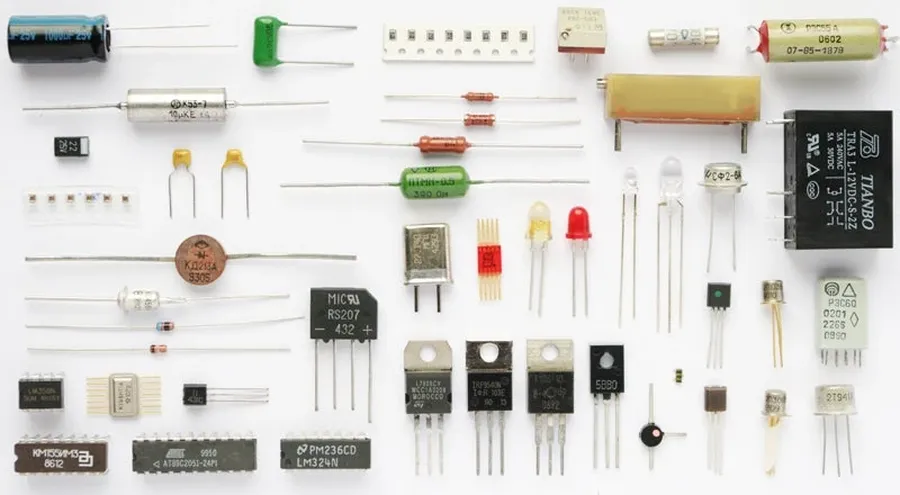
Local electrical component stores offer the distinct advantage of immediate access to parts, allowing engineers and hobbyists to procure components without the delays associated with shipping. This immediacy, coupled with the ability to physically inspect components before purchase, is particularly valuable for time-sensitive projects or when the exact specifications or quality of a part needs to be verified. However, these benefits come with the trade-offs of potentially higher prices and a more limited selection of parts compared to online distributors. The convenience of local purchase also depends heavily on location, as these stores are not universally available and might necessitate travel.
| Feature | Local Stores | Online Stores |
|---|---|---|
| Availability | Limited by location; may require travel | Globally accessible |
| Component Selection | Generally smaller and more limited | Vast and varied, often with niche parts |
| Pricing | Often higher due to overhead | Generally more competitive |
| Shipping Time | Immediate access; no shipping time | Shipping time required (can vary) |
| Physical Inspection | Components can be physically inspected before purchase | No physical inspection before purchase |
Top Online Electrical Component Distributors: A Comparison
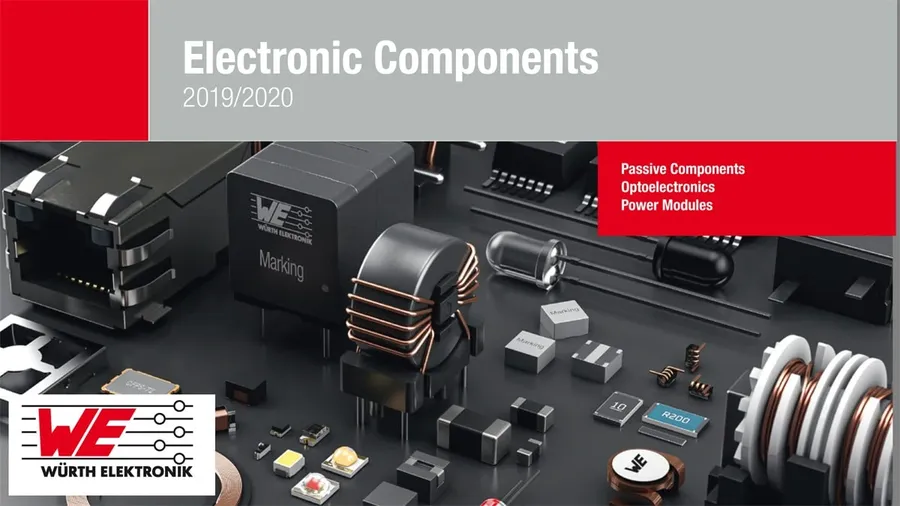
Selecting the right online distributor for electrical components is crucial for project success. This section provides a comparative analysis of leading distributors, focusing on their strengths in terms of selection, pricing, shipping, and customer service. This will enable you to make an informed decision based on your specific requirements.
| Distributor | Selection | Price | Shipping | Customer Service | Key Strengths |
|---|---|---|---|---|---|
| Mouser Electronics | Extensive, wide variety of components including the newest parts | Competitive, but can be higher for small orders | Fast, global options with varied costs | Responsive and helpful | Large catalog with the newest components |
| DigiKey Electronics | Very broad range of products, great for prototyping. | Competitive, good for bulk purchases | Generally fast and reliable, with various shipping speeds | Knowledgeable and supportive | Excellent for technical support and prototype parts |
| Jameco Electronics | Wide selection, good for hobbyists and education | More affordable, especially for basic components | Standard shipping options, may take longer | Generally good, but response times can vary | Cost effective for hobbyists and educators |
| Newark Electronics | Industrial level components with a good selection | Competitive, with a wide price range | Fast shipping for most items | Professional and responsive service | Great for industrial component purchases |
| SparkFun Electronics | Good for prototyping, open source friendly | Affordable, focused on hobby and maker market | Reasonable with options | Helpful, strong community support | Great for open-source prototyping |
Frequently Asked Questions About Electrical Components Stores
Navigating the world of electrical components can be complex, especially with numerous distributors available. This section addresses common queries regarding these stores, providing clarity on what they offer and how they differ.
- What types of components do electrical components stores typically carry?
Electrical component stores generally stock a wide range of items, including but not limited to: passive components such as resistors, capacitors, and inductors; active components like transistors, diodes, and integrated circuits; electromechanical components such as relays, switches, and connectors; and various sensors, microcontrollers, and development boards. The exact inventory varies from store to store, so checking product catalogs or using search tools is critical. - Which stores specialize in components that regulate current?
Many stores carry components that regulate current, but there is no single store which solely specializes in them. Components such as resistors, transistors, diodes, and specific integrated circuits all play roles in current regulation. It's important to define your needs and search for the specific components required for your application. Stores like Mouser and DigiKey offer extensive parametric search tools to help you find the perfect part. - What products does DigiKey sell?
DigiKey is a comprehensive distributor that offers a vast catalog of electronic components, including semiconductors, passive components, electromechanical devices, power supplies, and tools. They cater to both small-scale hobby projects and large industrial production needs. DigiKey is known for having a large in-stock inventory, which enables rapid fulfillment. - What kind of business is Jameco?
Jameco is an electronic component distributor that sells various electronic parts, tools, and development kits. They cater to hobbyists, educators, and small businesses. Jameco is often considered a good option for those looking for affordable parts and a more hobbyist friendly selection. Jameco's range of product lines is generally not as extensive as DigiKey or Mouser. - Who is the largest distributor of electronic components in the world?
While there isn't a single definitive answer due to varying metrics (revenue, product range, etc.), companies like Arrow Electronics and Avnet are consistently recognized among the largest global distributors of electronic components. However, for individual hobbyist and smaller scale projects, distributors like DigiKey and Mouser are considered the top choice due to ease of use and vast selection. - How do I choose the right electrical components store?
Choosing the right store depends on the specific requirements of your project and business needs. Consider factors such as the range of products available, the cost of parts, shipping costs and delivery times, and the stores customer service. Also, consider whether you need parts for a one time project or if your looking to build a business relationship with a distributor. - What are the benefits of buying from a local store versus an online store?
Buying from a local store allows you to physically inspect components and usually obtain them immediately, while online stores often provide a wider selection and competitive pricing. Local stores are often limited in their offerings and may have higher prices. Online stores can sometimes have slow or inconsistent delivery and may not be ideal for projects with time constraints.
Choosing the Right Electrical Components Store: Key Factors
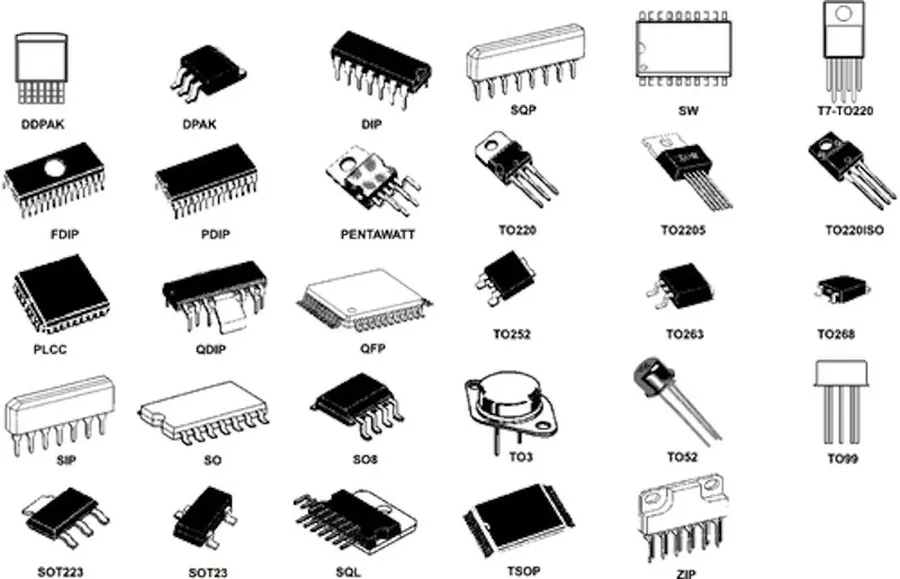
Selecting the optimal electrical components store involves evaluating criteria beyond just price and component availability. A comprehensive approach considers factors such as shipping options, bulk discounts, brand preferences, specialized tools, and the store's overall reliability.
- Shipping and Delivery
Assess the available shipping speeds, costs, and reliability. Same-day shipping might be crucial for urgent projects, while cost-effective options are better suited for less time-sensitive needs. - Pricing and Discounts
Consider bulk discounts or special pricing for larger orders which can substantially reduce project costs. Compare the per-unit price of components from various distributors to maximize cost efficiency. - Brand Preferences
Specific brands may be preferred for compatibility or quality reasons. Ensure the store carries these brands if needed for your project. It is important to cross reference the manufacturer datasheets and part numbers. - Specialized Tools and Equipment
If your project requires specific tools or prototyping equipment, consider whether the store also carries these items. Sourcing everything from one location simplifies the purchasing process. - Reputation and Reliability
Research the store's reputation, customer service, and return policies. Online reviews from other customers can provide valuable insights into the store's reliability and customer satisfaction. - Customer Support
A responsive and knowledgeable customer support team is critical. They can help you quickly resolve issues, which can greatly impact your projects time and budget. - Return Policy
Ensure the store has a clear and reasonable return policy. This policy should cover the return of defective components and provide recourse if a part is incorrectly ordered.
Tips for a Smooth Purchase from an Electrical Components Store
Purchasing electrical components requires careful attention to detail to ensure compatibility and avoid project delays. Prior to finalizing your purchase, a thorough review of component specifications and project requirements is crucial.
- Verify Component Datasheets
Always consult the datasheet of each component. This will include the critical electrical characteristics, dimensions, and pinout information. Confirming that the datasheet values align with your project's requirements prevents incompatibility issues. Datasheets often include application notes that may be invaluable for your design. - Double-Check Voltage, Current, and Polarity
Pay close attention to the voltage, current, and polarity requirements of each component. Incorrect voltage application can damage components. Polarity is crucial for components like diodes, LEDs, and polarized capacitors; improper polarity will prevent these parts from working, or worse, may destroy them. Ensure that the power supply you are using matches the component requirements. - Consider Bulk Discounts
For larger projects or prototyping where multiple components are needed, investigate available bulk discounts. Purchasing in larger quantities can significantly reduce the per-unit cost and overall project expenses. Many distributors offer tiered pricing based on quantity purchased. - Order Extra Components
It is prudent to order more components than initially calculated. This mitigates the risk of shortages during design or implementation due to damaged components, design iterations, or unforeseen circumstances during prototyping. Having spares can prevent project delays caused by having to reorder components, which could take days or weeks to arrive. - Confirm Component Packaging
Pay attention to packaging options. For example, surface mount devices are often available in reels, tubes, or trays. Be sure the packaging is compatible with your automated assembly equipment or handling requirements to streamline manufacturing. Some components are also static sensitive and may require special handling and packaging.
Future Trends in Electrical Component Distribution
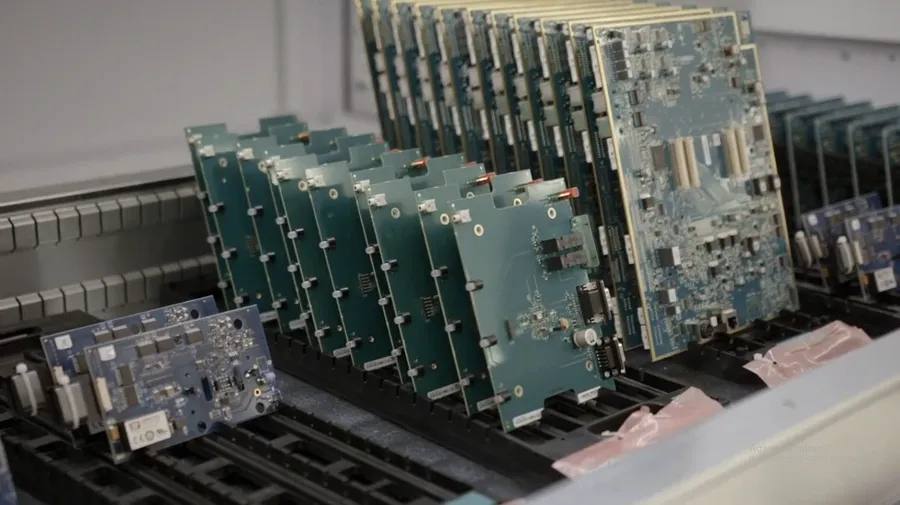
The electrical component distribution industry is undergoing a significant transformation, driven by rapid technological advancements and evolving market dynamics. Understanding these trends is crucial for both consumers and suppliers to navigate the future landscape effectively. The convergence of emerging technologies, supply chain complexities, and shifting consumer preferences are reshaping how electrical components are sourced, distributed, and utilized.
Key trends to watch include the growing demand for specialized and application-specific components, a shift towards online shopping platforms, advancements in supply chain management and the impact of new technologies in component design and manufacturing, and the increasing demand for sustainable and environmentally friendly components.
- Emerging Technologies:
The rise of artificial intelligence (AI), the Internet of Things (IoT), and electric vehicles (EVs) is increasing the demand for advanced components such as specialized sensors, microcontrollers, and high-power semiconductors. This requires distributors to adapt their inventory and supply chain to handle the unique demands of these technologies. - Supply Chain Resilience:
Global supply chain disruptions have highlighted the vulnerability of the electrical component industry. Future trends involve developing more robust and flexible supply chains through diversification, improved inventory management, and real-time tracking technologies. Distributors will need to leverage data and analytics to improve forecasting and respond to volatility effectively. - Online Shopping Dominance:
The shift towards online shopping is expected to persist and will lead to expansion of e-commerce platforms, digital marketplaces, and enhanced online customer service capabilities. This includes offering detailed datasheets, 3D models, and real-time technical support to assist customers in their purchasing decisions. - Sustainability and Environmental Concerns:
Consumers and businesses are placing more emphasis on the environmental impact of electrical components. This will cause pressure on manufacturers to develop and distribute sustainable components and for distributors to adopt eco-friendly practices, including optimized packaging and logistics, to meet demand. - Customization and Personalization:
The increasing demand for specialized components is driving a need for greater customization and personalization of components to meet specific project requirements. This may involve custom packaging, programming of microcontrollers, or unique testing parameters to fit a specific project.
Finding the right electrical components store, whether online or local, depends on your project's specific requirements and priorities. By understanding your needs, evaluating the options, and considering the tips provided, you can effectively source the necessary electronic parts for your next innovation. Remember, a reputable electrical components store is a cornerstone of any successful project, and understanding your needs is the first step to securing the right components. Always prioritize quality and reliability when selecting a store, and remember that [electrical components store] selection is a key aspect of your project.
 AnyPCBA
AnyPCBA